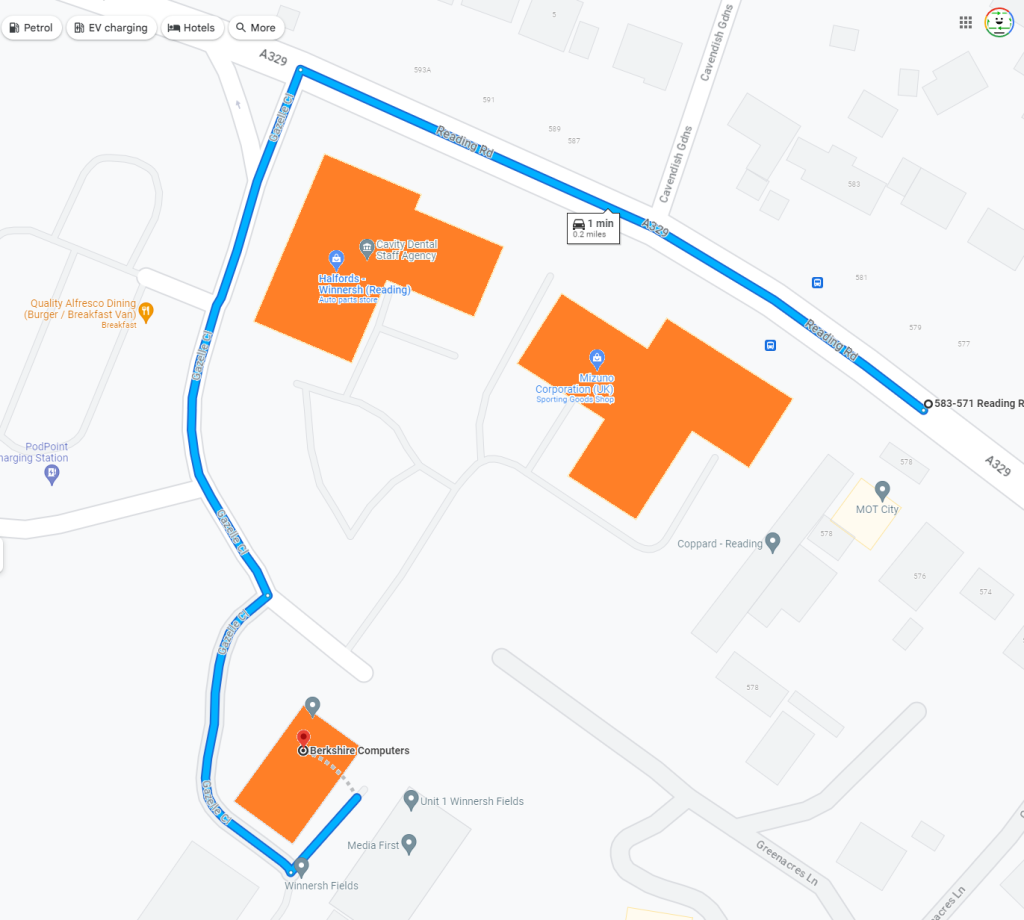Rescuing an Alienware Laptop: A Quest for Gaming Potential
Recently, I had an interesting discovery while sifting through the Computers.co.uk/" target="_blank" rel="noopener noreferrer">recycling area of my condo—a seemingly abandoned Alienware laptop. While it lacks its bottom panel and an HDD, I managed to get it up and running by adding my own hard drive and securing it with tape.
The laptop is equipped with a Core i7 4720HQ processor and 8GB of RAM, which piqued my interest given that I own a gaming PC featuring an i7 4770 and a GTX 970. As a new dad, my gaming time is quite limited, leading me to ponder whether this laptop might be capable enough for casual gaming. Ideally, if it includes a dedicated GPU like a GTX 960 or 970, I could potentially sell my desktop PC and streamline my setup.
However, during the installation of Windows 10, I ran into an unexpected hurdle: the laptop appeared to be operating solely on integrated graphics. This raised several questions in my mind. Did Alienware release a version of this model without a dedicated GPU? Could the graphics card be malfunctioning, or perhaps it simply needs to be activated somehow?
Upon booting up, an additional error message prompted me to replace the battery. Could this be a power management feature, allowing the laptop to conserve energy by relying on integrated graphics when necessary? My expertise leans more towards hardware, but I often find myself struggling with software-related issues.
To troubleshoot, I initiated a series of Windows updates, hoping this might resolve the graphics dilemma. If the GPU doesn’t materialize after these updates, my next step would involve installing GeForce Experience to check for any available drivers and diving into the BIOS settings for further insights.
After the updates completed, I was pleasantly surprised to learn that the laptop actually features a GTX 970M, and the system reports that this device is functioning correctly. However, when I launched Minecraft at maximum settings, the framerate hovered between 20-40 FPS. It sparked a new line of thought—perhaps I need to disable the integrated graphics? What repercussions might that have on my Windows installation if the 970M falters?
With all these considerations, I found solace in the fact that I was able to configure Minecraft specifically to run on the GTX 970M, resulting in a notable improvement in performance. The framerate stabilized closer to 60 FPS, which was a relief. However, my primary concern remains:
Share this content:



